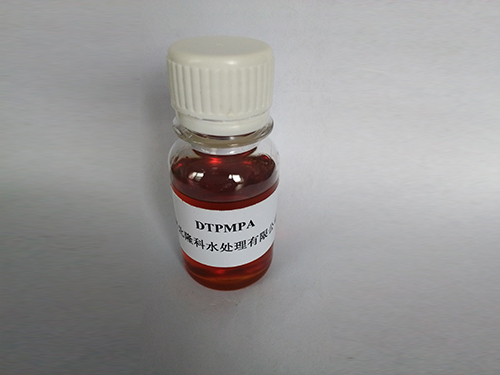isothiazolinone price
Understanding Isothiazolinone Pricing Market Factors and Trends
Isothiazolinones are a class of heterocyclic compounds widely used in various industries, primarily as biocides and preservatives. Their derivatives, such as methylisothiazolinone (MIT) and benzisothiazolinone (BIT), have become particularly popular in paint, cosmetic, and personal care product formulations due to their effectiveness against microbial growth. However, the pricing of isothiazolinones is influenced by multiple factors that can fluctuate based on market demands, regulations, and manufacturing costs.
Market Demand and Application Fields
The increase in demand for isothiazolinones can be attributed to their effectiveness as preservatives, particularly in the cosmetic and personal care sectors. As consumers become more aware of the importance of product safety and preservation—especially in aqueous formulations—the need for reliable biocides has surged. Moreover, the growing popularity of antimicrobial products due to rising health consciousness has further propelled the market for isothiazolinones.
In addition to personal care, other industries such as paints and coatings, wood preservation, and industrial applications also rely heavily on these chemicals for their antibacterial properties. The broad spectrum of applications is a pivotal factor influencing the pricing of isothiazolinones, as it drives demand in various sectors simultaneously.
Regulatory Influences
One of the most significant factors affecting the price of isothiazolinones is regulatory scrutiny. In recent years, regulatory bodies in Europe and the United States have imposed stricter guidelines regarding the use of these compounds due to concerns over skin sensitization and potential health risks. For example, the European Union has been at the forefront of establishing stringent regulations that limit the allowed concentrations of isothiazolinones in cosmetic products.
This increased regulatory burden ultimately leads to higher production costs for manufacturers who must adapt their formulations or invest in research to develop safer alternatives. As these changes are implemented, the resulting increase in compliance costs is often reflected in the market price of isothiazolinones.
isothiazolinone price

Manufacturing Costs and Supply Chain Dynamics
The price of isothiazolinones is also heavily influenced by the raw materials and processes used in their production. The synthesis of these compounds typically involves complex chemical processes, which can be affected by fluctuations in the prices of necessary precursors. For instance, if a particular raw material experiences a price spike due to shortages or geopolitical tensions, this can lead to an increase in the overall manufacturing costs for isothiazolinones.
Furthermore, supply chain dynamics play a crucial role in determining availability and pricing. Global events such as natural disasters, pandemics, or trade disputes can disrupt production and distribution channels, leading to inventory shortages. When demand outstrips supply, prices tend to rise sharply, impacting end-users across various industries.
Market Trends and Future Outlook
As awareness of environmental sustainability and safety continues to rise, manufacturers are increasingly seeking alternatives to traditional isothiazolinones. This trend may lead to a more diverse product landscape, where biobased preservatives and green chemistry solutions gain traction. As new alternatives are developed, the competitive landscape may shift, influencing the pricing dynamics of conventional isothiazolinones.
Moreover, advancements in production technologies aimed at reducing costs and improving efficiency could also stabilize or lower prices in the long run. Companies that can innovate and adapt to changing regulations while maintaining cost-effectiveness are likely to thrive in this evolving market.
Conclusion
In summary, the pricing of isothiazolinones is influenced by a tapestry of factors ranging from market demand and application breadth to regulatory requirements and manufacturing costs. As the landscape continues to evolve, stakeholders—including manufacturers, suppliers, and end-users—must remain vigilant to these dynamics. Understanding the pricing mechanics of isothiazolinones will empower businesses to navigate challenges and seize opportunities in a rapidly shifting market. As we look to the future, continued innovation and a focus on sustainability will likely shape the path forward for this essential class of compounds.
-
lk-319-special-scale-and-corrosion-inhibitor-for-steel-plants-advanced-solutions-for-industrial-water-systemsNewsAug.22,2025
-
flocculant-water-treatment-essential-chemical-solutions-for-purification-processesNewsAug.22,2025
-
isothiazolinones-versatile-microbial-control-agents-for-industrial-and-consumer-applicationsNewsAug.22,2025
-
scale-inhibitor-key-solutions-for-water-system-scale-preventionNewsAug.22,2025
-
organophosphonates-versatile-scale-inhibitors-for-industrial-water-systemsNewsAug.22,2025
-
scale-and-corrosion-inhibitor-essential-chemical-solutions-for-water-system-maintenanceNewsAug.22,2025





